Understanding Battery Isolator Switches
A battery isolator switch is an essential component in managing the electrical power in various types of vehicles and marine vessels. This device allows for the control of the electrical current between multiple batteries, ensuring that a primary battery can be isolated from secondary batteries. This isolation helps to prevent the depletion of the primary battery's charge, particularly important when the engine is not running.
Types and Features
There are several types of battery isolator switches available, each designed to cater to different electrical systems and requirements. Some common types include single-circuit and dual-circuit switches, which are used to isolate a single battery or multiple batteries, respectively. Features to consider when selecting a switch include the amperage rating, which should match or exceed the electrical system's requirements, and the durability, which is crucial for withstanding harsh environments.
Applications of Battery Isolator Switches
The application of battery isolator switches spans across various industries. In automotive applications, they are used to preserve the charge of a vehicle's starting battery by isolating it from auxiliary batteries used for additional equipment. In marine applications, these switches are critical for managing multiple battery banks, ensuring that a boat can always start by keeping the starting battery isolated when not in use.
Materials and Construction
The construction of a battery isolator switch typically involves robust materials capable of handling high electrical loads. Common materials include reinforced plastics and metals that offer resistance to corrosion, an important feature for marine or heavy-duty applications. The internal components are designed to provide reliable performance with minimal maintenance.
Advantages of Using a Battery Isolator Switch
Utilizing a battery isolator switch in a power system offers several advantages. It enhances the longevity of the primary battery, reduces the risk of power drain from secondary systems, and provides a straightforward method for battery maintenance and replacement. Moreover, it contributes to the safety of the electrical system by allowing for immediate disconnection in emergency situations.
Selecting the Right Switch
Choosing the right battery isolator switch involves considering the electrical requirements of the application, the environment in which it will operate, and the specific features needed for the task. It is important to select a switch with an appropriate amperage rating and one that is constructed from materials suitable for the operating conditions.

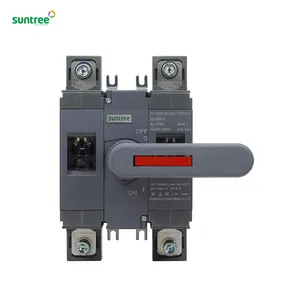
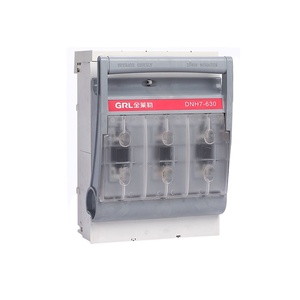

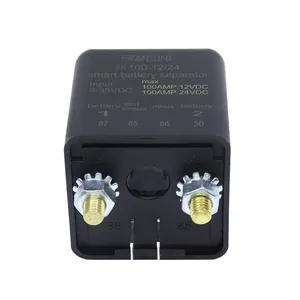

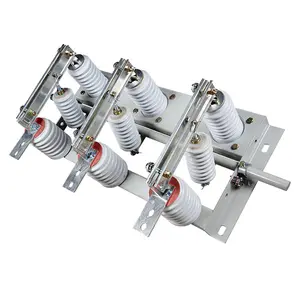



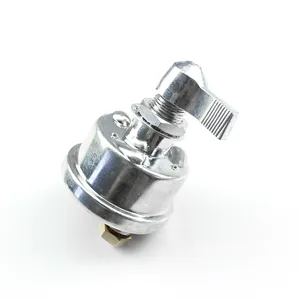
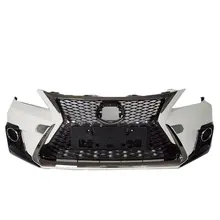

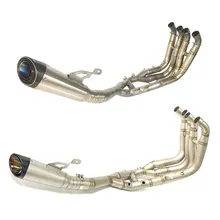

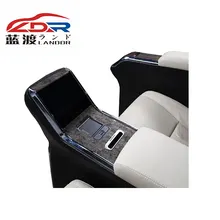
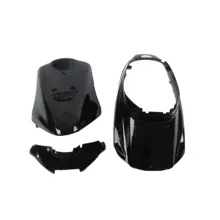

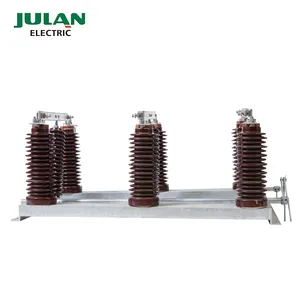

























 浙公网安备 33010002000092号
浙公网安备 33010002000092号 浙B2-20120091-4
浙B2-20120091-4